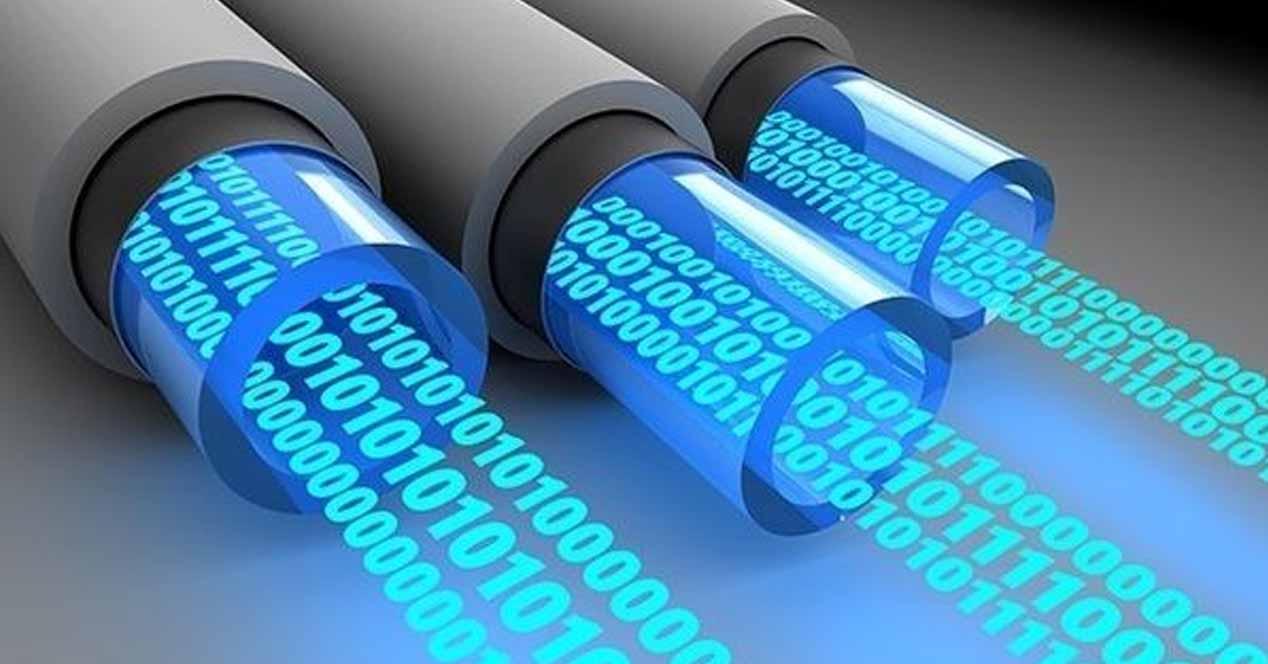As an Internet user and in that context it is perfectly accurate to use bandwidth as an idea, but you have to know that in reality its use is completely wrong. In fact, all electronic devices connected to "something" have a great bandwidth, and even though many people use it as a measure of speed, that's a bad idea, and we'll explain why.
What is the bandwidth of the elements
Imagine that a compound is a water tank, and that in contact with the rest, there is a tap through which that water enters or exits. If we leave this example on devices, the water is information to enter and exit the phone to communicate
So, in fact, the bandwidth is high-speed data transmission that can pass through a cable or connection (this affects the SATA cable to the GPU connection via its VRAM). Therefore it is not a measure of speedbut it represents maximum speed possible.

We will set a practical example that you will understand for the first time. As per SATA 3, the bandwidth for this interaction is 6 Gbps, which translates to storage speeds of 750 MB / s. However, is there any hard disk or SSD that reaches this speed? No, no, and fast SSDs of up to 560 MB / s have been read, far from bandwidth of theory

Why did this happen? Because as we explained to the band that maximum speed that can be achieved in communication, however, depends on the interviewees you specified; in this case the SSD itself and the controller, as well as the motherboard.
Why should you be concerned?
All that we have explained to you is important to understand that performance statistics in elements hardware. Today there is a lot of talk about graphics card b andwidth, for example, and manufacturers are using it as a performance measure, as if GPUs are interacting with VRAM at that speed when the truth is they have no such thing: it is simply the maximum that can be achieved, which can be achieved.
But in addition to being deluded by these stratospherics that are sometimes used by manufacturers almost as marketing methods, you have to pay attention to something else, and that rail filling. On some motherboards you will have noticed that it is shown, for example, that when using the M.2 SSD on motherboard socket 1, two SATA ports stopped working, or even that PCI-Express socket went from x16 to x8 .

Do you know why this is? Because the motherboard does not have enough bandwidth allocated to that data train to be able to work with SSD on an M.2-type base and on SATA ports (or PCI-Express) at the same time since the bandwidth is wide.







